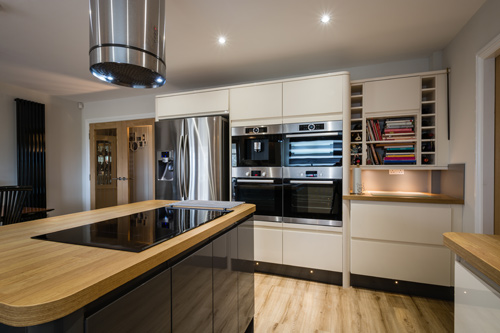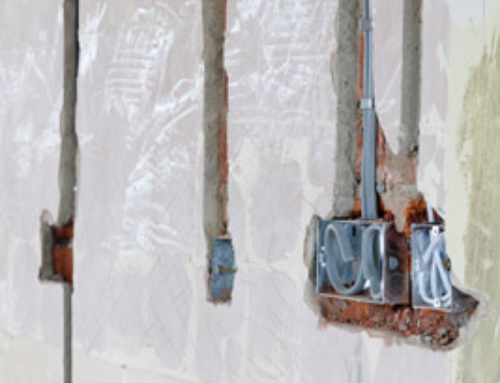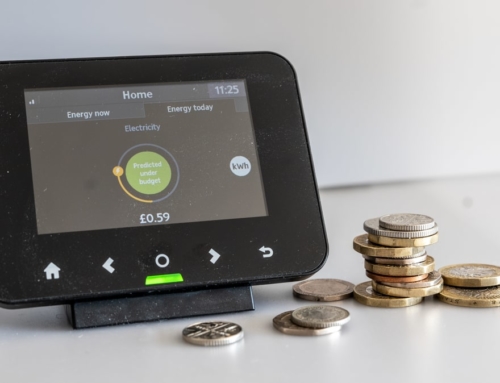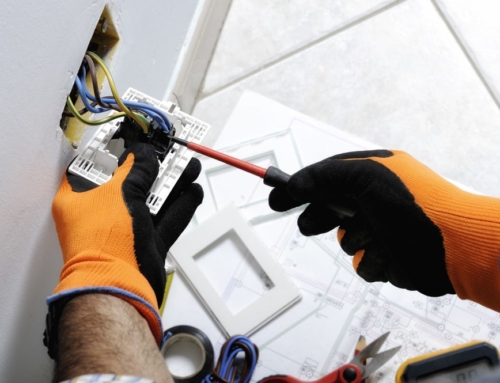
Make sure your electrics can cope with your new kitchen
When it comes to domestic electrical systems, the kitchen and bathroom are special cases. These two rooms are the most complex in your entire home. For one thing, the bathroom contains both electricity and water – a potentially lethal mix. Then you have the kitchen – a room that has plenty of water, and the appliances that are likely to draw more power than the rest of the home combined.
When you refit a kitchen, replacing the wiring is all part of the job, and you may need to budget for a consumer unit. The laws around compliance are always changing, and failing to do so could cause problems later.
Why a Replacement is Needed
We strongly recommend that all homes have an RCD protected system. It’s not illegal not to have RCDs, but if you fitted a new consumer unit, you’d have to have them. In a kitchen, the RCD is important, because it would shut off supply before you got a shock.
Building regulations have changed more than once in the last decade, so you’ll need to ensure that you have 30mA RCD protection. If you don’t, then an upgrade will be needed to stay legal. In most cases, replacing the whole unit is less complex than trying to upgrade it.
Another option is to add a second consumer unit into the kitchen, although we’d advise against this in most cases, simply because it complicates things for you as a homeowner. If you have the space, and it makes sense to do it, your electrician can advise you on the best course of action.
Sockets and Wiring
Kitchen sockets need to be positioned in an accessible location near the countertop. In some homes, sockets are placed unusually high on the wall, which is good reason to rip the wiring out and move them around. It’s usually logical to add new sockets where it’s practical to do so, since our needs are always increasing.
Additionally, your cooker will need to be on its own electrical feed, which may require a new cable in the wall, and a switch to isolate the supply. Most old-fashioned switches are large and unsightly, while a modern switch will sit flush and neat on the wall, so replacing the switch will be a no-brainer in most cases.
All of this work means that you’ll need to conform to building regulations as they stand today.
What to Look For
A qualified electrician – who is also registered with NICEIC – should carry out any electrical work in the home. This is an issue of safety, but it’s also a compliance issue, since you won’t be able to get certification for the work if you do any part of it yourself.
As part of the consumer unit replacement, your electrician should test the whole property before they issue any certificates.
For more information about kitchen electrical supplies, contact our experts at MD Bespoke. We’re ready to take your call, and we offer friendly advice on all aspects of domestic and commercial electrics.
























